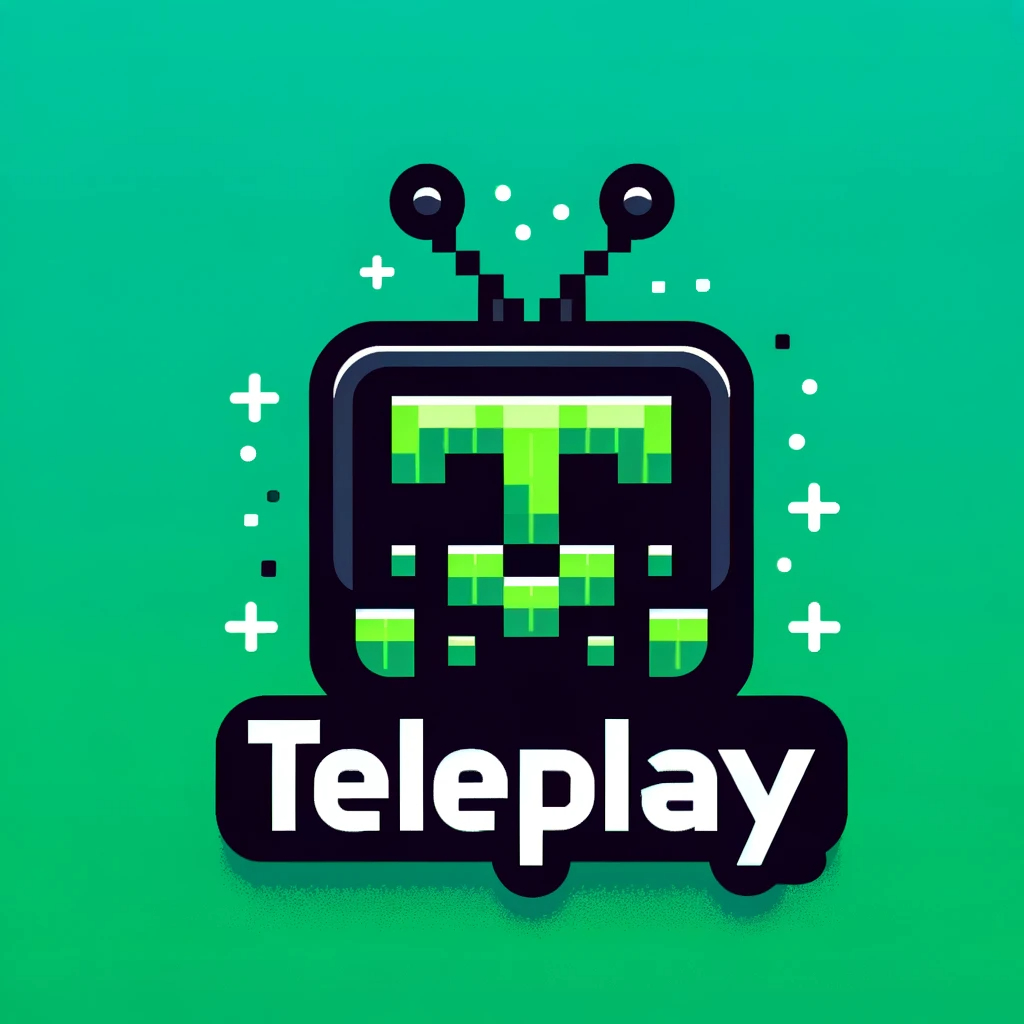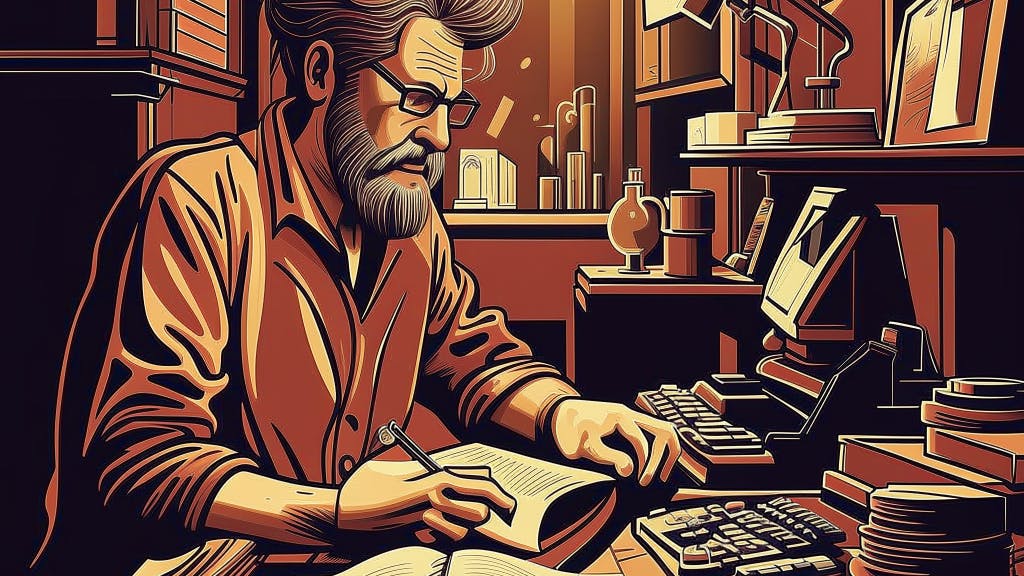Authors:
(1) Prerak Gandhi, Department of Computer Science and Engineering, Indian Institute of Technology Bombay, Mumbai, [email protected], and these authors contributed equally to this work;
(2) Vishal Pramanik, Department of Computer Science and Engineering, Indian Institute of Technology Bombay, Mumbai, vishalpramanik,[email protected], and these authors contributed equally to this work;
(3) Pushpak Bhattacharyya, Department of Computer Science and Engineering, Indian Institute of Technology Bombay, Mumbai.
Table of Links
- Abstract and Intro
- Motivation
- Related Work
- Dataset
- Experiments and Evaluation
- Results and Analysis
- Conclusion and Future Work
- Limitations and References
- A. Appendix
7. Conclusion and Future Work
In this paper, we have reported a first-of-its-kind work on automatic plot and script generation from prompts. Automatic evaluation, human rating using the Likert scale, and qualitative observations by professional scriptwriters from our industry partner (a large and well-reputed media platform)- all vindicate the power of our rich dataset and GPT3 in script generation. We hope our work will help television show writers, game show writers, and so on.
There are several future directions: (i) the imbalance in the Bollywood plot dataset needs to be rectified; (ii) there is a lot of variation in Indian script because of multilingualism, which needs addressing; (iii) the most obvious weakness of GPT-3 is not being able to handle factual data and numbers, causing hallucination and preventing the automatic generation of documentaries and biographies. Detection and resolution of hallucination is anyway a growing need for language models.
This paper is available on arxiv under CC 4.0 DEED license.

